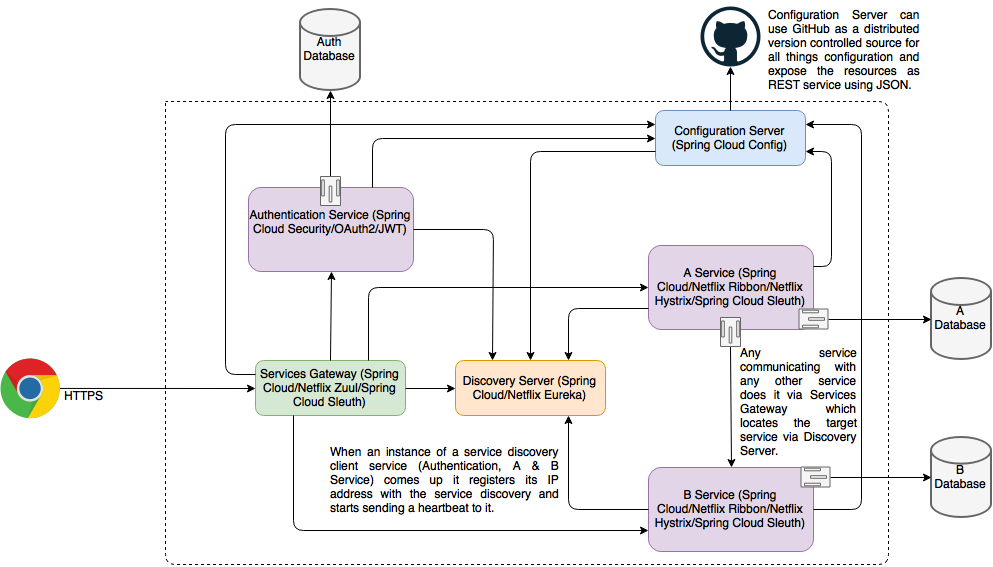2020年/01月/03日
微服务不止代码
It is well understood that although microservices bring gifts of well-known architectural quality, including attributes of modularity, granularity, reusability, extensibility, testability, and maintainability to a system, it is far from an easy architecture to implement for all the challenges and complexities it introduces. In this article, I will try to point out a few I have learned and technologies I used to implement them over the last couple of Java/Groovy & Spring framework based microservices projects I have architected and implemented.
众所周知,尽管微服务为系统带来了众所周知的体系结构质量,包括模块性、粒度、可重用性、可扩展性、可测试性和可维护性等属性,但是要实现它所带来的所有挑战和复杂性,还远远不是一件容易的事情。在这篇文章中,我将尝试指出一些我所学到的,以及在我设计和实现的基于Java/Groovy & Spring框架的微服务项目中用于实现它们的技术。
Configuration Management
Routing Patterns
Service Discovery
Services Gateway
Client Resiliency Patterns
Circuit Breaker Pattern
Fallback Pattern
Bulkheading

Implementing a microservices architecture and not implementing the above patterns essentially means that you have developed a modularized system
实现微服务,如果没有实现上面这些模式,那只能算一个模块化系统